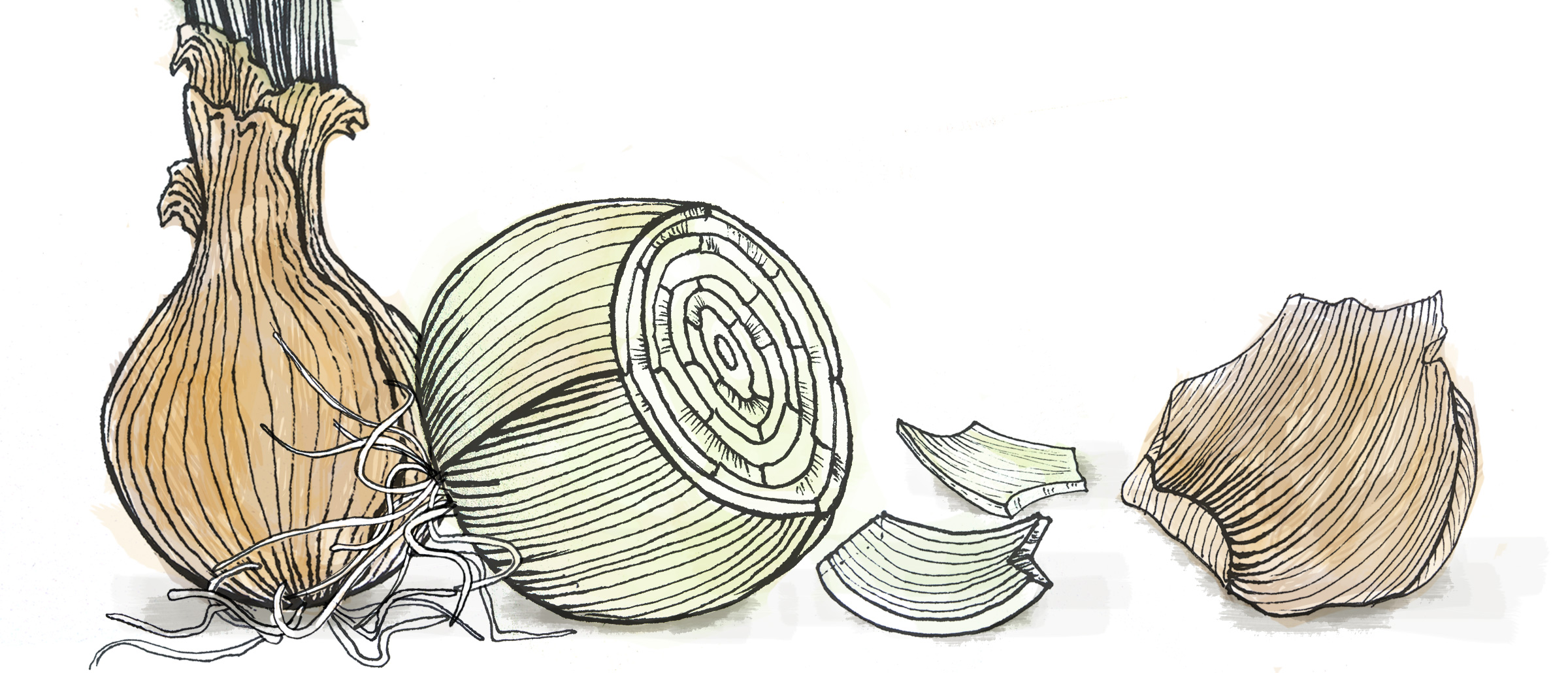The Handover

- Words by
- Matthew Petrucci
- Images by
- Jasmin Wong
Long before Playstations and Gameboys, far away from the school grounds where my friends were trading cards and playing with marbles, I took shelter in my grandfathers back garden.
Envision yourself as the scruffy young boy I was then, let loose on a harvesting mission bestowed by my grandmother. Imagine running through moist irrigation trenches on summery afternoons in your after-school uniform with a grin from ear to ear, piling your harvest into an overstretched shirt. There would be firm red tomatoes waiting to be plucked from peppery-smelling vines taller than you, ears of corn begging to be tugged, and the fascinating purple scribble on withered borlotti bean pods, ripe and ready for shelling.
On weekends when my whole family would get together, I would bolt straight to the garden to look for grandfather and any signs of new growth, disregarding the pleasantries and the game of hide-and-seek organised by my cousins. Other times, when I couldn’t bear to be at school on an intolerably boring day, I would rehearse and feign sickness so effectively I would have to be excused from class. The garden was an irresistible charm to my restless spirit; harvesting was an adventure that rewarded generously with a dynamic, ever-ready cornucopia.


I fondly remember my grandfather leading me to the laundry shed, where I would find shelves and drawers replete with gardening paraphernalia: the old rusty sickle, home-made pesticides, jute string, jam jars and margarine containers full of seeds of myriad shapes and sizes. Some of the jars were labelled with masking tape; others were stuffed with a roughly torn piece of scrap paper annotated with his characteristic indecipherable scrawl of hieroglyphs and numbers written in Italian.
What made time in the ramshackle laundry shed special were the lessons he would share about each of his crops, patiently cycling through the names of each and every seed on display, toying them about in his grease-blackened palm to illustrate their differences.
Meanwhile, I was learning about Australian colonial history at school and resultantly developed a fascination with the story of the botanist Sir Joseph Banks, who accompanied Captain James Cook on the journey to chart the eastern coast of Australia. The correlation between a botanist and his seed preserving chest, and my grandfather’s own seed saving seemed so clear to me at the time that I proudly told my teacher and classmates my grandfather was a botanist as well. As you might imagine, I was ridiculed for quite some time after that.
As a grown-up returning to the garden I would frequent as a boy, I found myself nostalgically appreciating the old dusty rendered path, eroded and cracked, dotted here and there with weeds and tenacious parsley plants. I imagined using the same garden tools as my grandfather: gnarly, splintered and weatherworn, and gathering gardening supplies from the same rotted-out shelves and drawers of the old laundry shed.
Perhaps you can understand why I was heartbroken when my grandparents, aged and tired, made an ultimatum a few years back to discontinue tending to the garden? There were talks of covering and abandoning the problematic garden with concrete or a tarpaulin. Lacking maintenance and care, the patch almost instantaneously degraded into a weed-infested, barren dustbowl.
Rather than allow the dream of the garden to be lost, I convinced my family to collaborate to return the garden to its former state. Over several seasons I dedicated myself to the process of rejuvenating the garden, meanwhile absorbing a tremendous amount of knowledge and hands-on experience from my grandmother, who happily watched and aided from the sideline as I dug, fortified and transplanted my way to proficiency.
The most important lessons I have learned are growing according to the climate and maintaining a fine balance between healthy soil and productive crops.
Nowadays, I’m thankful for the opportunity to work in the garden with my family as we successfully harvest and collaborate season after season. We love to grow and share our favourite crops such as tomato and silverbeet with our friends and colleagues, and enjoy taking home handfuls of thyme, rosemary, and basil that grow abundantly in the drier parts of the garden.
The more I collaborate with my family, the more I realise that communities create gardens, and in turn, gardens create communities, a sense of shelter through belonging and purpose.
Armed with knowledge and passion, including some unconventional old world wisdom generously passed down from my grandparents, I took to writing about gardening in urban spaces in the hope that others will start garden communities of their own. Gardens in public spaces, open and accessible to everyone, are the key to a happier society, perpetuating and celebrating the history of the garden as well as the people who dedicate their time to the tending.








